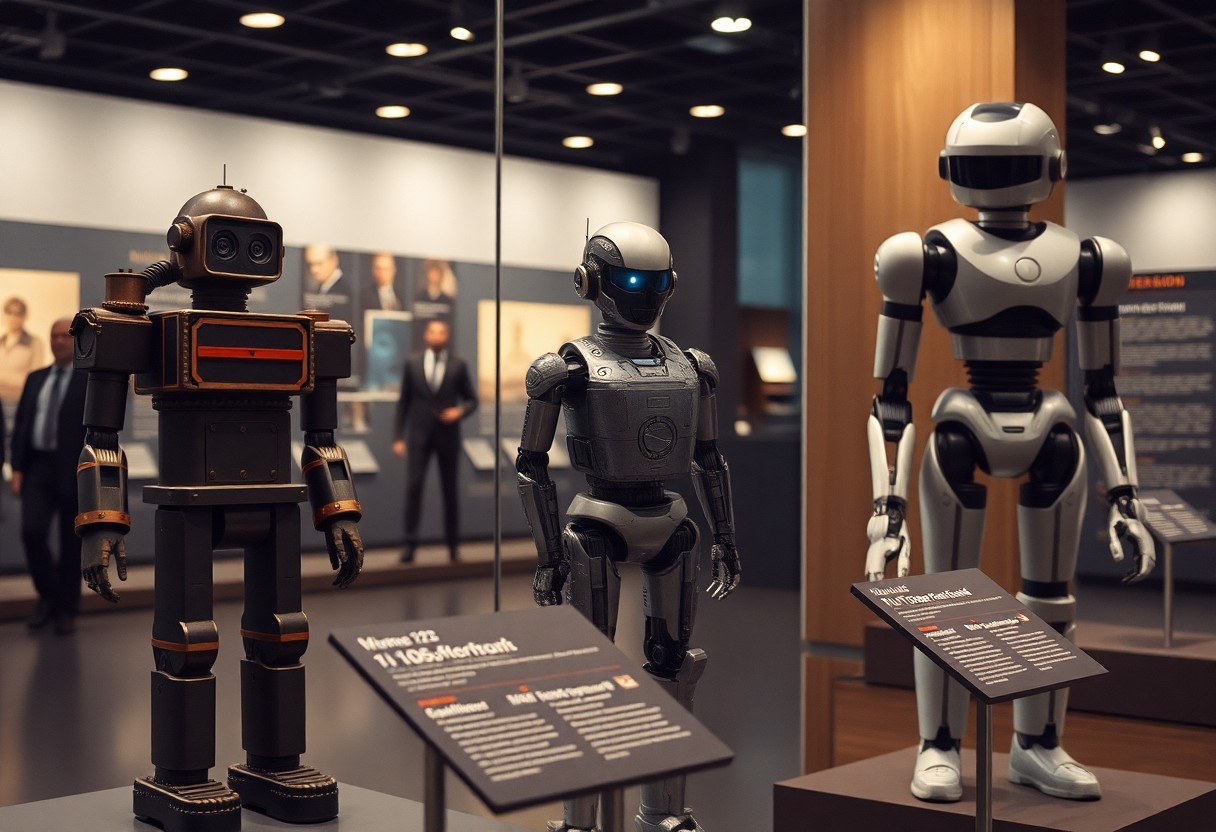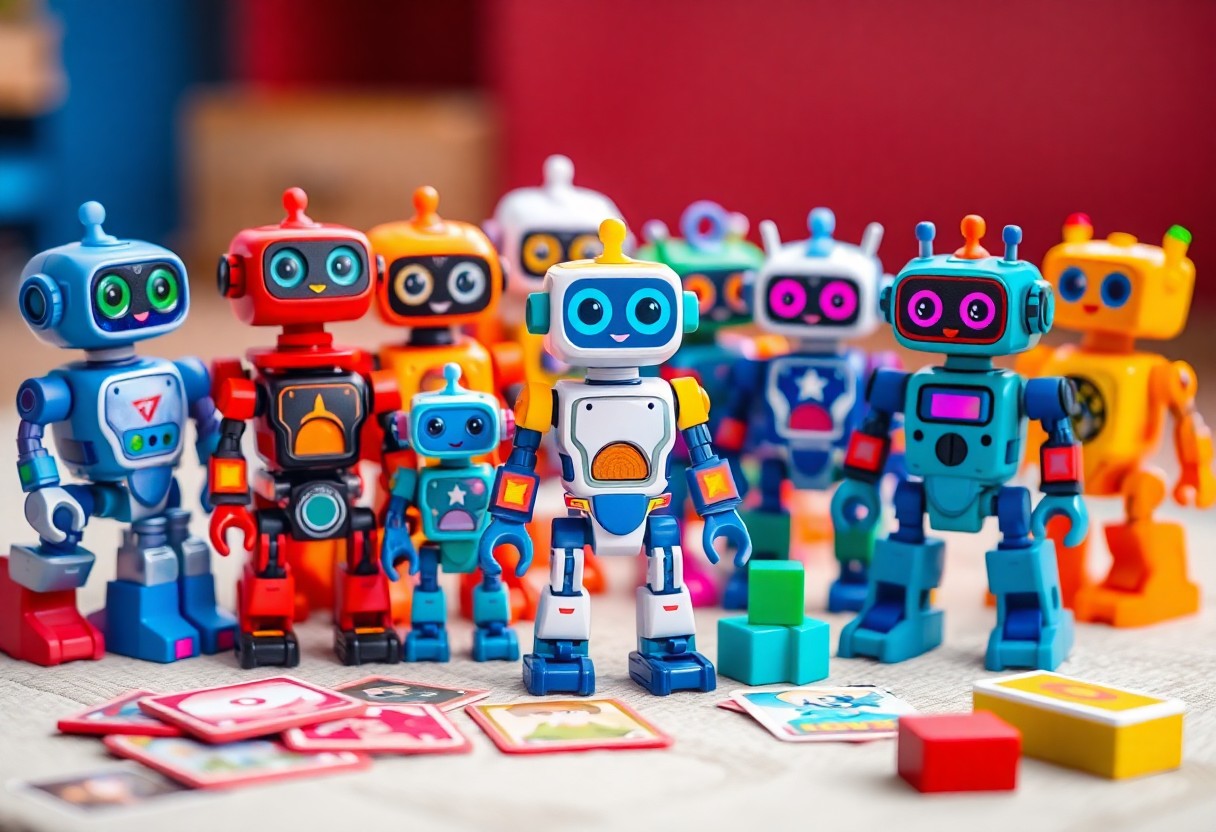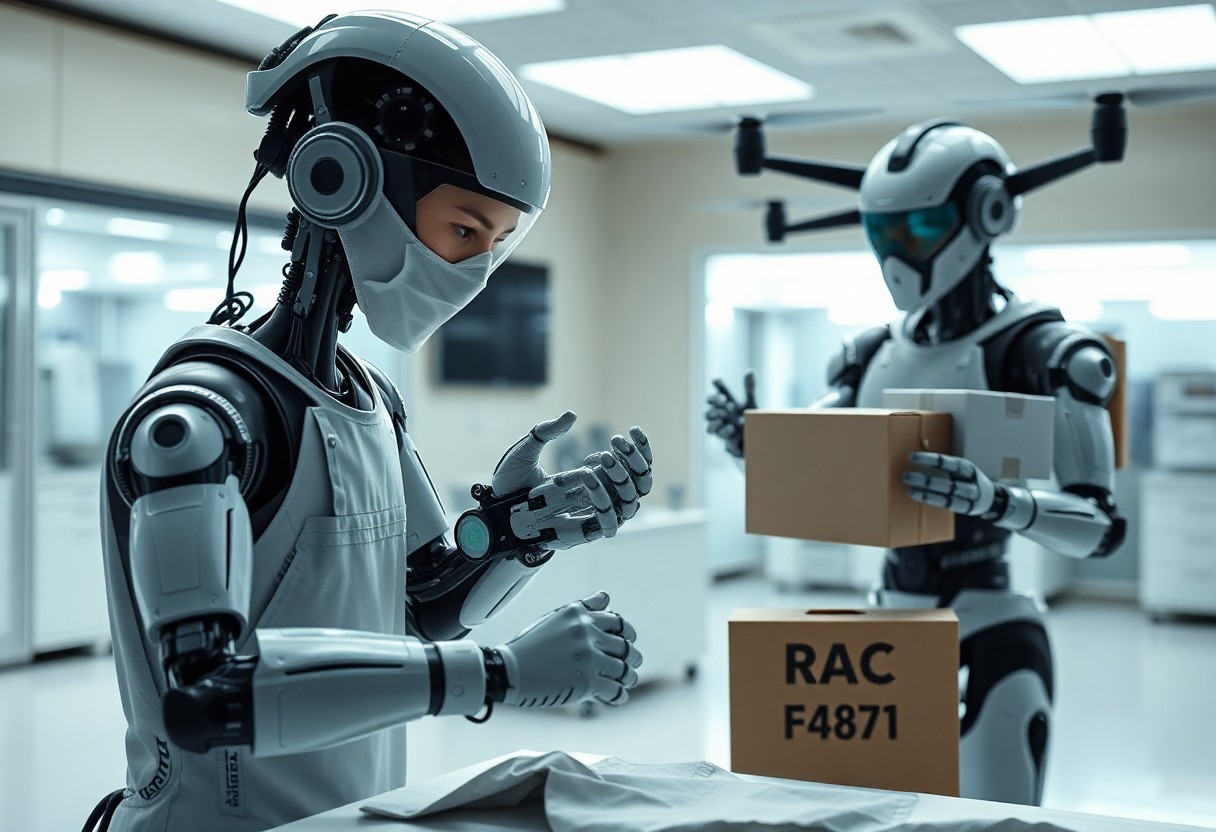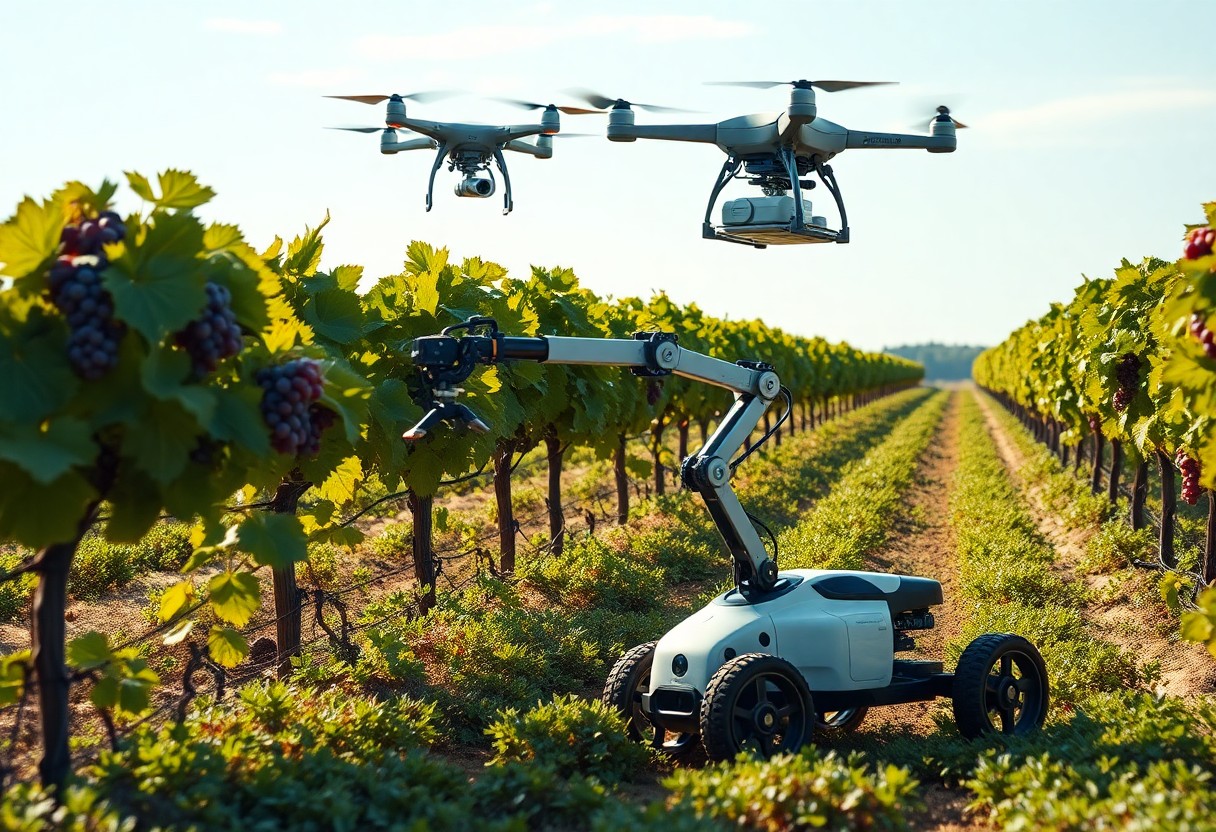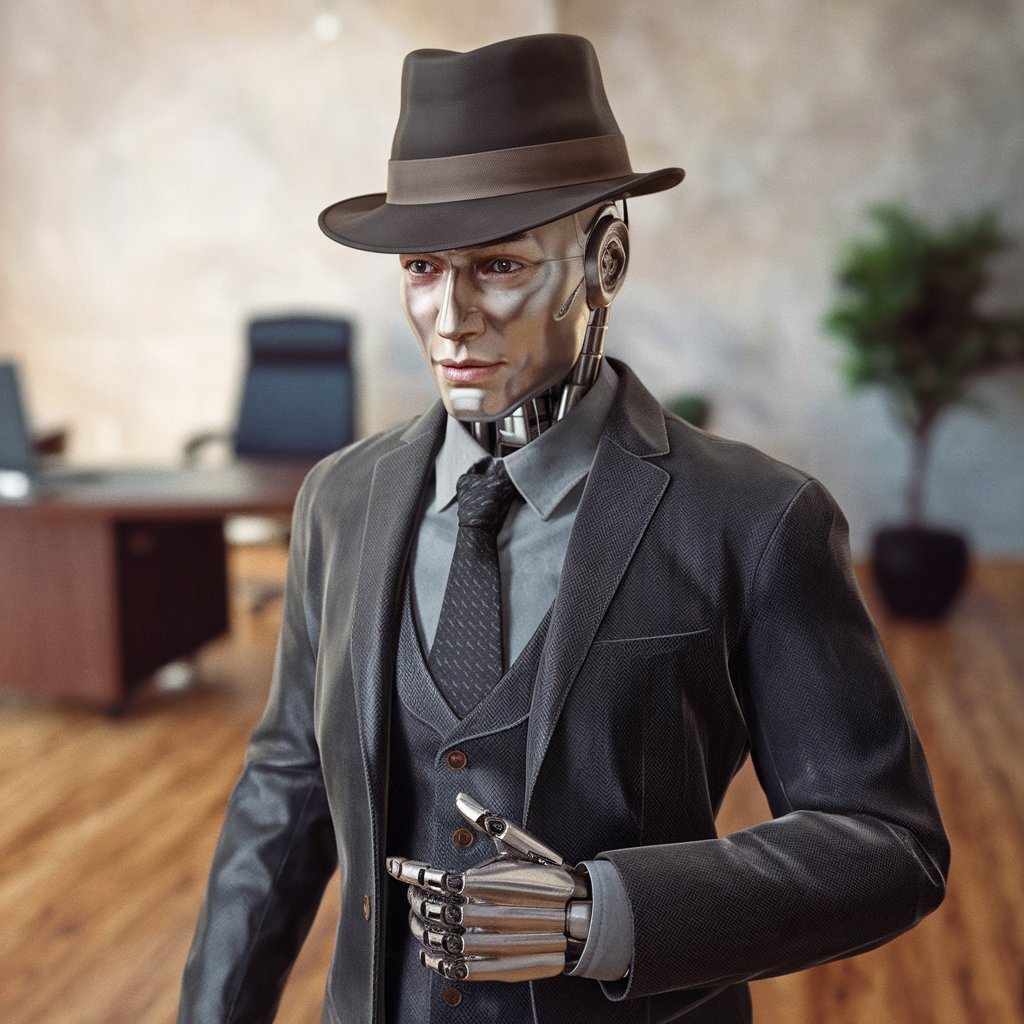You are about to launch on a journey through the remarkable evolution of robots, exploring the diverse types that have emerged over the years. From their ancient origins to the sophisticated machines of today, robots have drastically transformed various aspects of our lives. This comprehensive guide will shed light on the different varieties of robots, detailing their functions and applications. By the end, you will gain a deeper understanding of how robots continue to shape our world and what the future may hold for this exciting technology.
A Historical Timeline: From Concept to Creation
The timeline of robotics showcases a fascinating evolution, tracing back to ancient ideas and culminating in today’s advanced machines. It highlights the gradual shift from theoretical concepts to tangible inventions, revealing how engineers and visionaries have pushed the boundaries of technology throughout centuries. You’ll appreciate how each era laid the groundwork for groundbreaking innovations, shaping both the functionality and perception of robots in society.
Early Mechanical Wonders: Automata of Ancient Civilizations
Automata, crafted by ancient civilizations like Greece and China, were early examples of robots in their most rudimentary form. These mechanical devices, powered by simple clockwork or water-driven mechanisms, mimicked movement and behaviors, sparking wonder in their creators. Think of Hero of Alexandria’s steam-powered birds or the intricately designed figures of the Ming dynasty, each showcasing the extraordinary ingenuity of people long before modern robotics emerged.
The Industrial Revolution: Machinery and the Birth of Robotics
The Industrial Revolution significantly transformed society and set the stage for modern robotics. With advancements in steam power and mechanized production, machines began to automate tasks previously performed by humans. Innovations like the Jacquard loom and Babbage’s Analytical Engine demonstrated the potential for machines to not only perform repetitive labor but also process data, laying the groundwork for programmable robotics. This era produced the first true industrial robots, setting a precedent for how humans would eventually collaborate with machines.
The Industrial Revolution was not just about steam engines and factories; it marked an era where mechanical ingenuity thrived. The rise of interchangeable parts revolutionized manufacturing processes, allowing for mass production. While early efforts lacked autonomy, they hinted at robots’ potential to alleviate labor-intensive tasks. As you explore this transformative period, you realize how figures like George Washington’s wooden hand ignited the imagination about robotic capabilities, leading to an increased public interest in automata, ultimately paving the way for automation’s future role. Each invention created during this period represented a step toward the complex robotics we rely on today.
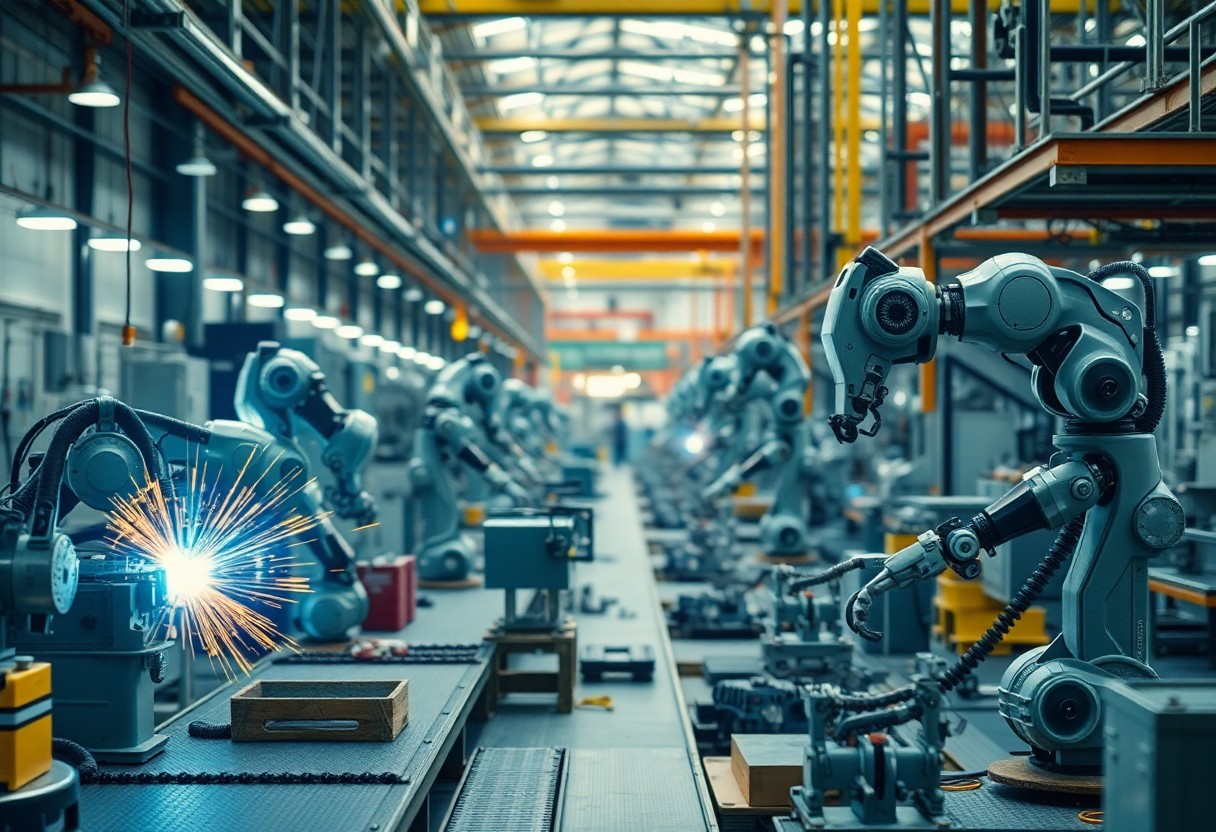
The Diverse Landscape of Robotic Applications
Robots today span an impressive range of applications, shaping various industries while enhancing human capabilities. From manufacturing and healthcare to service sectors, the technological advancements have propelled robots into roles that were once purely fantasy. This diversity promotes efficiency and precision, proving that robots are not mere machines, but indispensable partners in our daily lives and workplaces.
Industrial Giants: Manufacturing Robots Reshaping Production
Manufacturing robots have revolutionized production lines, significantly boosting efficiency and accuracy. With capabilities ranging from welding to assembly, these robots can operate tirelessly, performing tasks at speeds and precision levels unmatched by human workers. Statistics reveal that industries employing robotic automation can increase productivity by up to 30%, resulting in substantial cost savings and higher output rates.
Service and Hospitality Bots: Enhancing Customer Experience
In the service and hospitality sectors, robots are transforming customer interactions and experiences. From robotic waiters delivering food in restaurants to AI concierges assisting guests at hotels, these innovations create seamless and efficient service. Integration of service bots can lead to higher customer satisfaction and loyalty, as they provide quick responses and personalized service that enhances the overall experience.
The rise of service and hospitality robots showcases how technology can elevate customer engagement. For instance, the deployment of autonomous robots in hotels has shown to reduce wait times by 40% during check-in, significantly improving guest experiences. Restaurants like Spyce in Boston have introduced automated cooking systems, allowing chefs to focus on creativity while delivering meals with precision. Such advancements not only enhance efficiency but also open up new avenues for creativity in service-oriented roles, paving the way for a more dynamic interaction between humans and technology.
The Technological Marvels Driving Robotic Innovation
Advancements in technology are at the forefront of robotic innovation, transforming raw ideas into dynamic machines that enhance productivity in countless sectors. Key innovations, such as artificial intelligence, advanced sensors, and mobility systems, play pivotal roles in developing robots that can not only perform tasks but also interact intelligently with their environments. As you explore these technological marvels, it’s clear that the future of robotics is not just about autonomy; it’s about enhancing collaboration between humans and machines.
Artificial Intelligence: The Brain Behind Modern Robots
AI serves as the core of modern robotic functionality, imbuing these machines with the ability to learn from experiences, analyze complex data sets, and make informed decisions. With algorithms like machine learning and neural networks, robots can continually adapt to new tasks, enhancing their efficiency and effectiveness in various applications. This brain-like capacity enables robots to perform intricate operations ranging from medical surgeries to customer service interactions, making them invaluable companions in diverse settings.
Advanced Sensors and Mobility: Enabling Interaction with the World
Cutting-edge sensors are vital for equipping robots with the ability to perceive their surroundings, facilitating reactive and proactive behaviors. These sensors gather real-time data, which robots analyze and respond to in innovative ways. Moreover, advancements in mobility—from wheeled systems to drones and anthropomorphic joints—allow robots to navigate complex environments seamlessly. The fusion of these technologies enables your robotic companions to interact intelligently, ensuring safety and efficiency in their operations.
- Visual sensors for depth perception and obstacle avoidance.
- Tactile sensors that provide feedback for manipulation tasks.
- Environmental sensors to gauge temperature, humidity, and other variables.
- GPS and localization technologies ensuring precise navigation.
| Sensor Type | Functionality |
|---|---|
| Infrared Sensors | Used for object detection and proximity sensing. |
| Ultrasonic Sensors | Helpful in measuring distances and avoiding obstacles. |
| Camera Systems | Critical for visual recognition and mapping. |
| Gyroscopes and Accelerometers | Essential for balance and movement tracking. |
With advanced sensors, robots can react to their ever-changing environments in real-time. For instance, a robotic vacuum incorporates multiple sensors to detect dirt and furniture, adjusting its path to ensure comprehensive cleaning. The mobility of robots varies widely, with walking robots capable of navigating stairs and drones effortlessly maneuvering through the air. This blend of sensory perception and mobility equips robots with a versatile toolkit, enhancing their roles in personal and professional contexts.
- Omni-directional wheels allowing versatile movement patterns.
- Leg technologies that mimic human locomotion for stability.
- Drones employing vertical take-off and landing capabilities.
- Artificial limbs replicating complex movements with agility.
| Mobility Type | Advantages |
|---|---|
| Wheeled Robots | Energy-efficient for flat surfaces. |
| Legged Robots | Enhanced navigation over uneven terrain. |
| Aerial Drones | Access to hard-to-reach locations. |
| Underwater ROVs | Explore depths beyond human reach. |
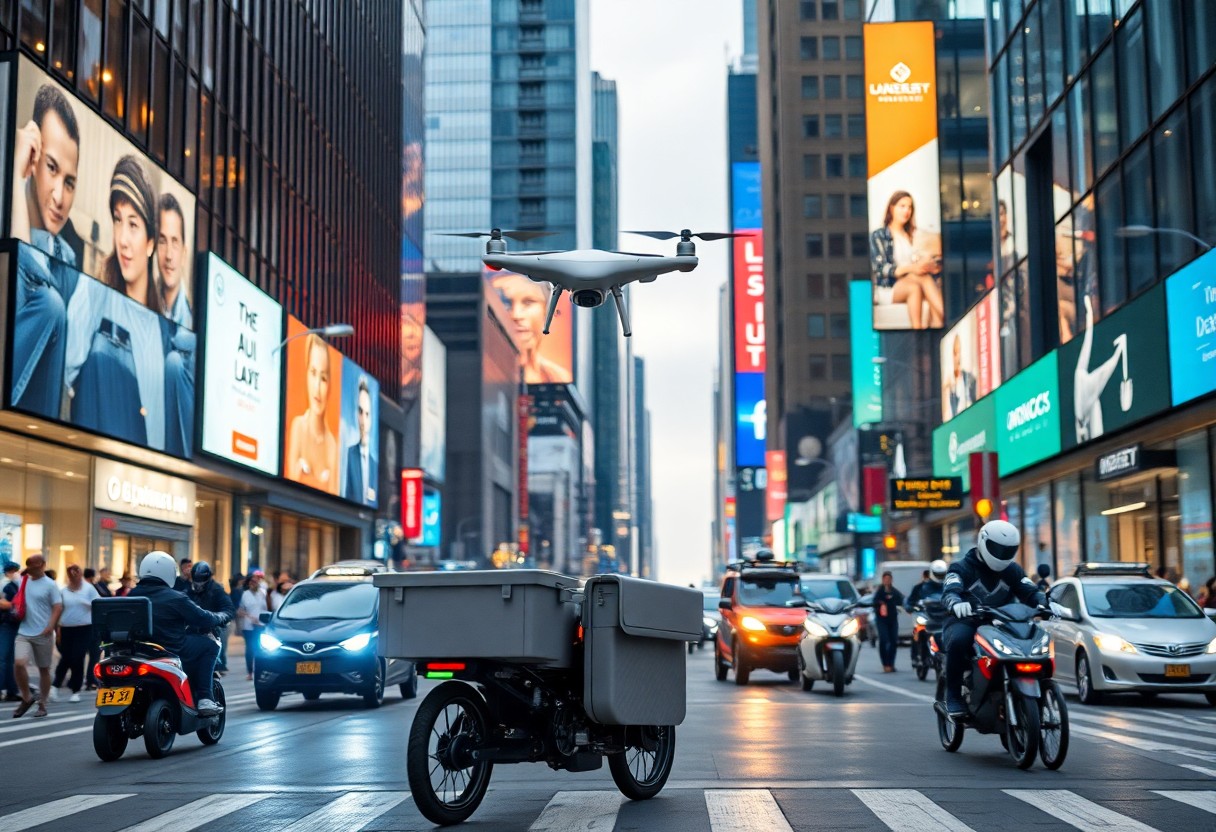
Ethical Considerations: The Impact of Robotics on Society
As robotics technology continues to advance and permeate everyday life, the ethical implications surrounding its use have sparked considerable discourse. From concerns about surveillance and privacy infringements to the moral ramifications of deploying autonomous machines in warfare, understanding the societal impact of robotics is important. Each technological stride necessitates careful contemplation of its consequences on human dignity, jobs, and interpersonal relationships, shaping how you interact with these intelligent machines and how they, in turn, affect your life and community.
Job Displacement vs. Job Creation: The Labor Market Conundrum
The introduction of robots into the workforce presents a dual-edged sword—while automation can lead to significant job displacement in certain sectors, it also offers new opportunities for job creation in tech and maintenance fields. As industries adapt, the nature of work is evolving, demanding a workforce ready to embrace change and learn new skills. Your ability to navigate this transition significantly impacts your future job prospects and the overall stability of the labor market.
Safety and Privacy: Navigating the Risks of Automation
Automation increases efficiency, but it also raises various safety and privacy concerns that need to be addressed. As robots gather data for improved functionality, you may find your personal information subject to exposure and misuse, presenting real threats to security. Organizations must prioritize the development of stringent protocols to safeguard data integrity and user privacy, ensuring that dangers inherent in automation do not overshadow its benefits.
In the age of robotics, a wealth of data is collected through sensors and AI-driven systems, which inevitably raises the issue of who has access to this information and how it is utilized. High-profile data breaches often underscore the vulnerability of digital assets, reminding you that your personal and professional lives are intricately interwoven with the technology around you. Moreover, the deployment of surveillance robots can lead to a creeping sense of being constantly monitored, diminishing your sense of privacy. Addressing these ethical challenges through transparent practices and robust regulations is crucial for maintaining trust in the advancement of automation in society.
A Glimpse into the Future: Speculations on Robotics Evolution
Exciting advancements in robotics hint at a future where machines integrate seamlessly into daily life. Envision robots enhancing human abilities, collaborating effortlessly in various sectors, and even transforming traditional labor markets. As we ponder the next decade, we’ll likely witness the rise of intelligent machines that can adapt, learn, and even experience emotions, reshaping your interactions with technology forever.
The Role of Biomechanics and Soft Robotics
Biomechanics and soft robotics are redefining what it means to create adaptive machines. By mimicking natural biological systems, these technologies enable robots to navigate complex environments with flexibility and precision. You may find them in prosthetics, enabling more natural movement, or in robotics research focused on creating machines that can interact safely with humans and delicate objects.
Autonomous Systems: Breaking Boundaries and Entering New Domains
Autonomous systems are becoming the linchpin in the ongoing evolution of robotics, pushing boundaries and entering previously uncharted territories. These systems are designed to operate independently, utilizing sophisticated algorithms and machine learning to navigate environment-specific challenges. From self-driving cars redefining transportation to drones altering delivery logistics, the impact is substantial. You can expect further advancements to create robots that operate in extreme conditions, such as space exploration or disaster relief, showcasing remarkable versatility and resilience.
In the near future, autonomous systems promise to revolutionize industries by eliminating the need for human oversight in routine operations. Your daily life may be transformed by delivery drones dropping packages at your doorstep or robots conducting inspections in hazardous environments without risking lives. As innovation progresses, the expansion of autonomous technologies will undoubtedly create new opportunities and challenges, redefining industries and our interactions with machines. Imagine partnering with robots in fields like agriculture or healthcare, enhancing efficiency while reducing human error, a testament to how far automation has come.
Summing up
With this in mind, understanding the fascinating evolution of robots enhances your appreciation of their diverse applications and technological advancements. By exploring the various types, from industrial robots to personal assistants, you can gain insights into how these machines are reshaping industries and daily life. As you explore deeper into their capabilities and future potential, you’ll find that robotics holds endless possibilities for innovation and efficiency. Embracing this knowledge will empower you to engage with and perhaps even contribute to the future of robotics.

